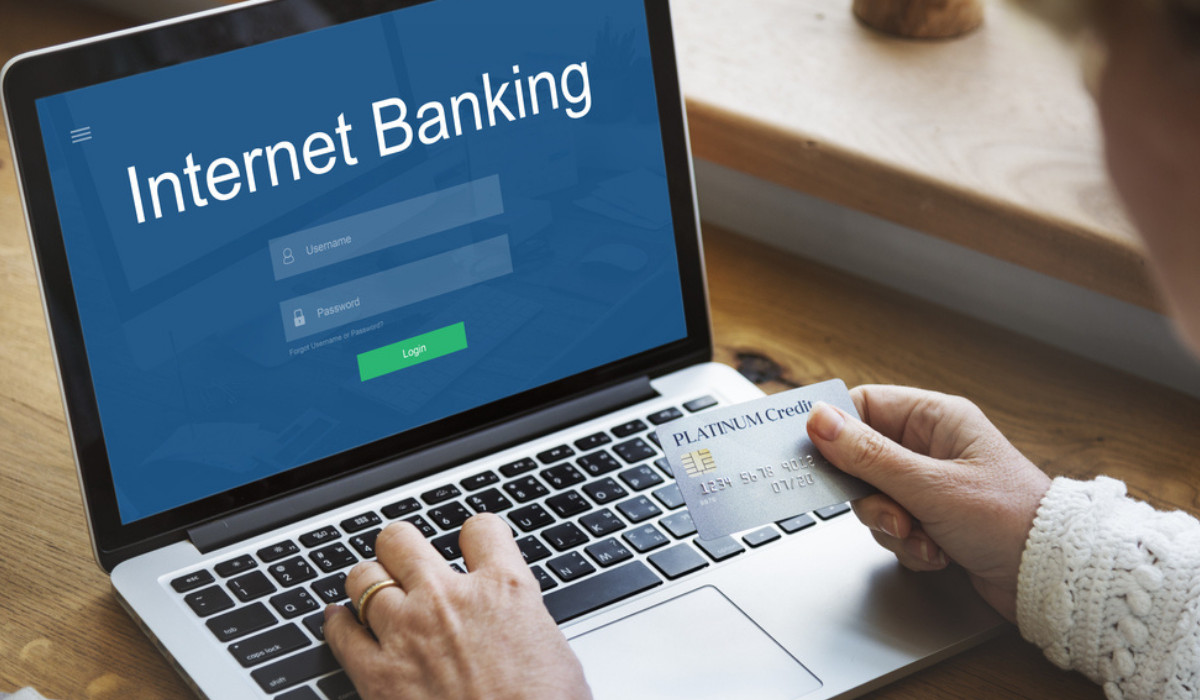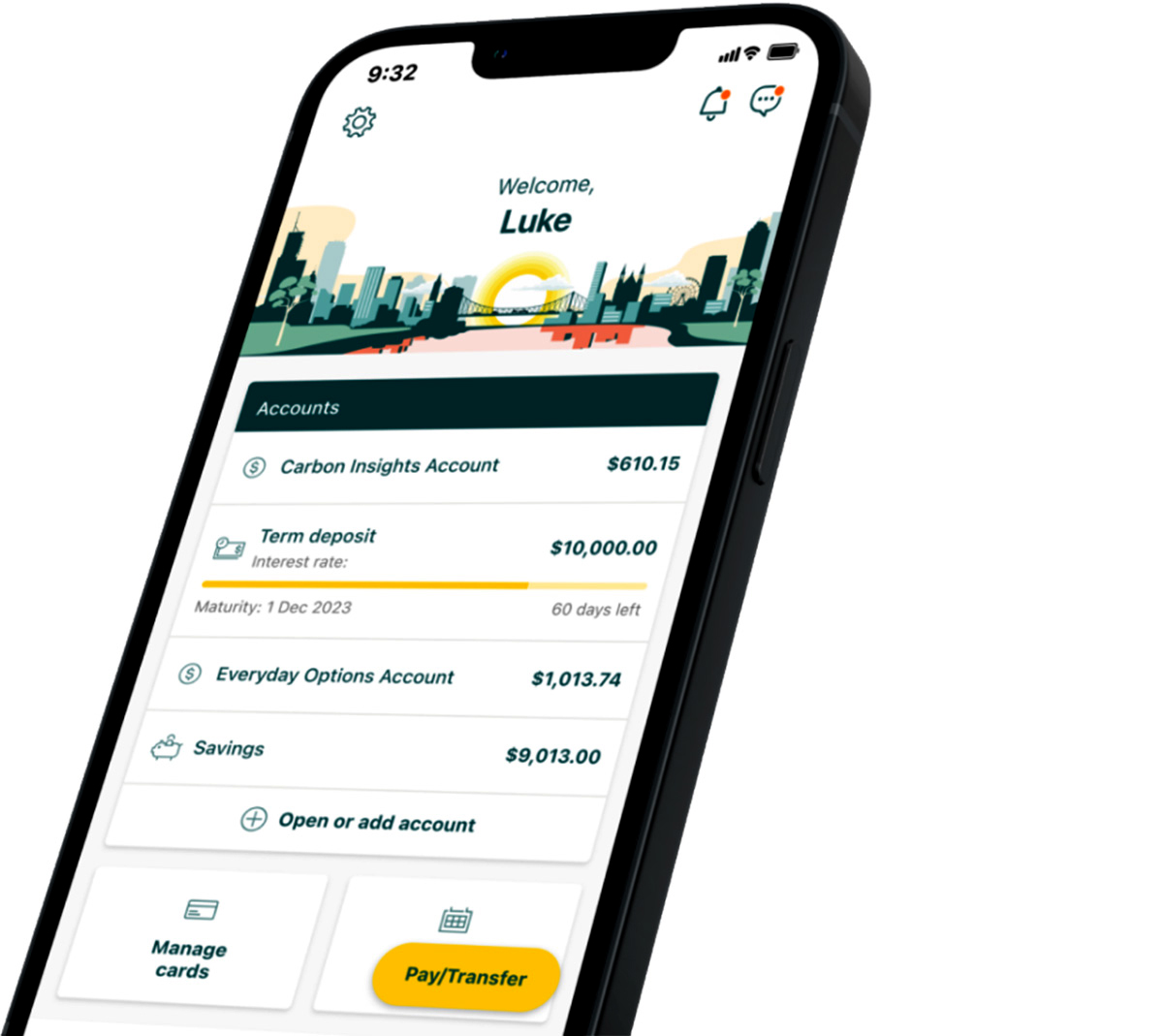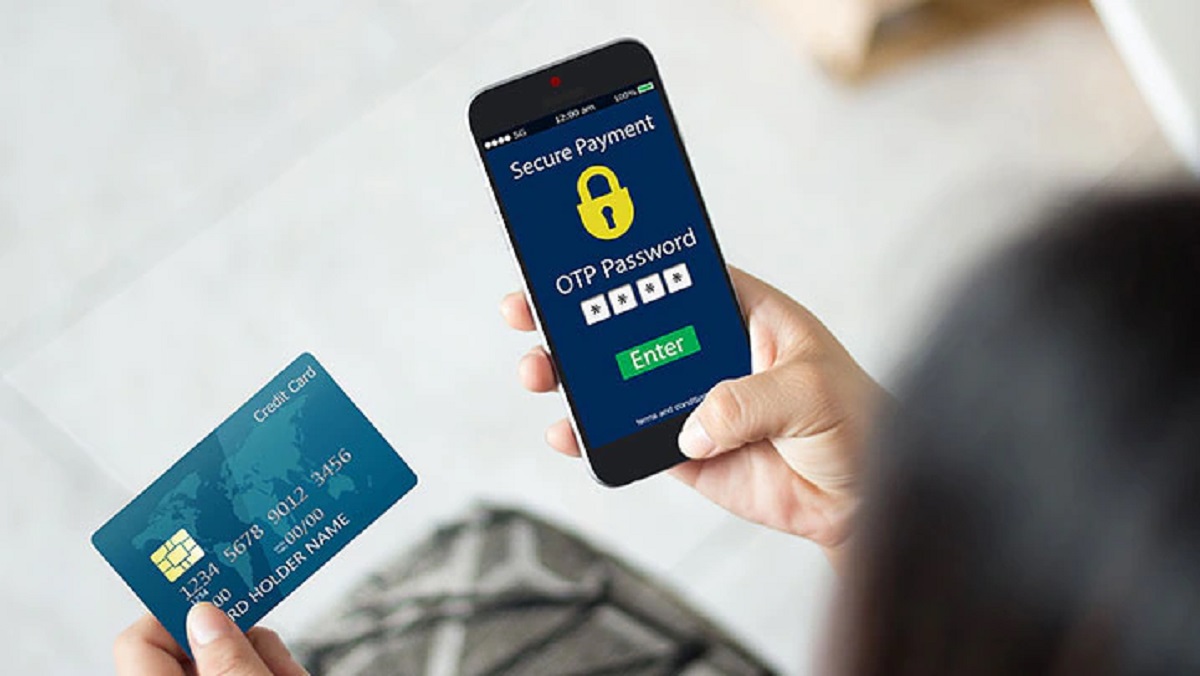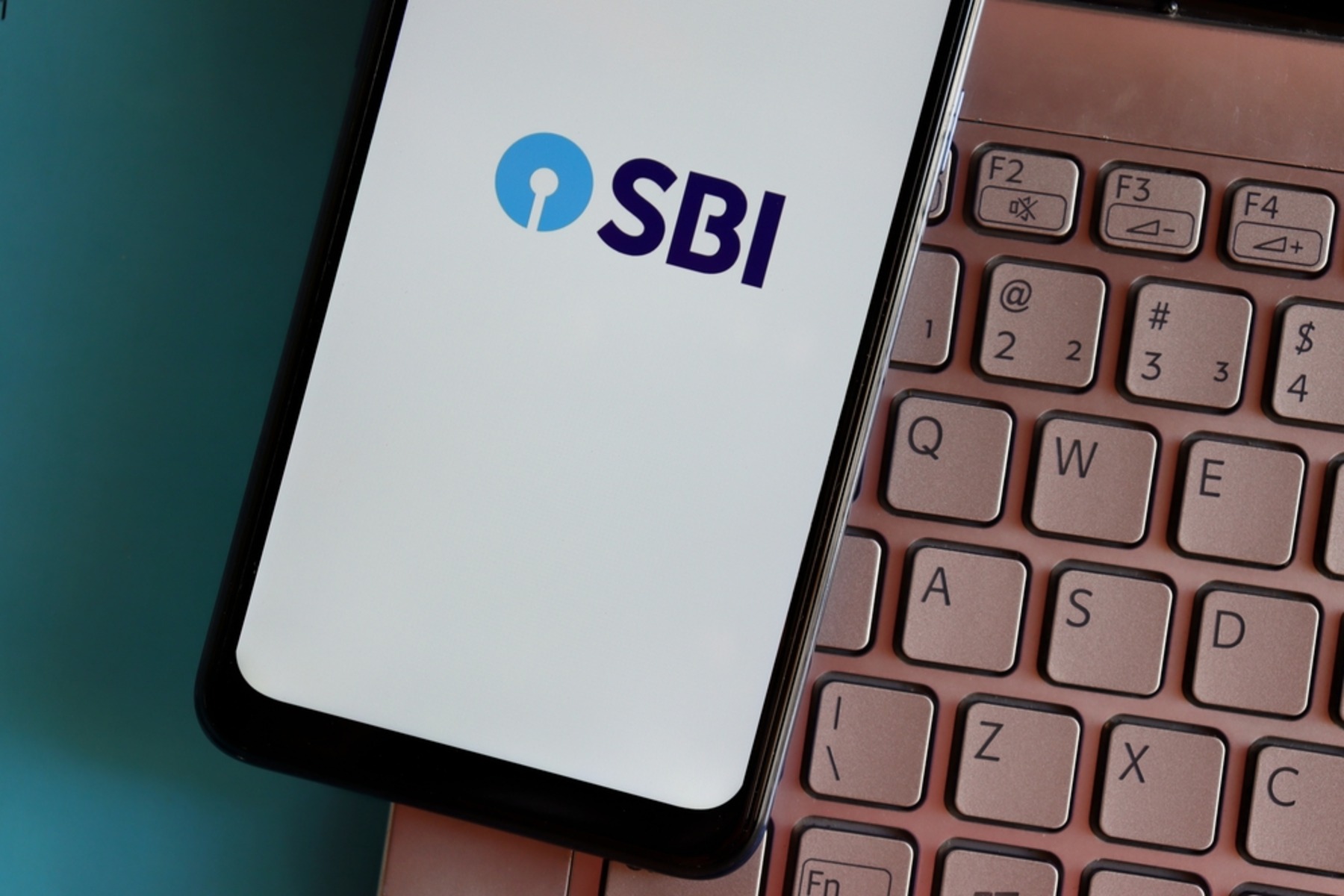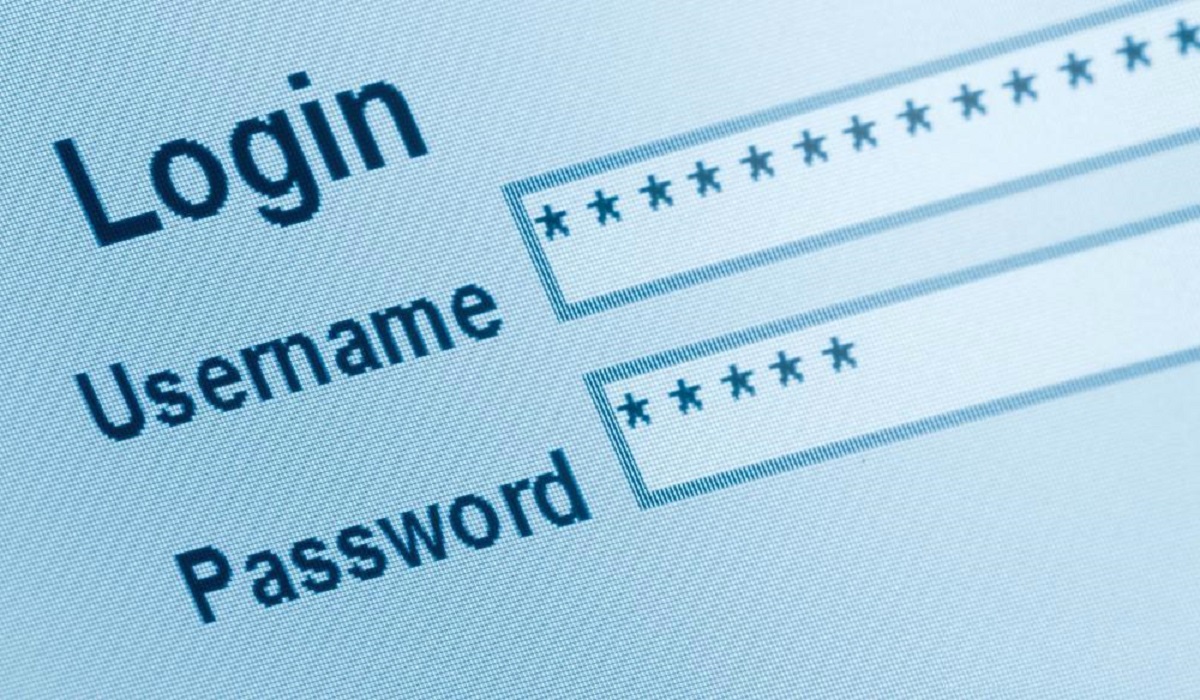Introduction
Welcome to our guide on how to change your online banking password. As we navigate through an increasingly digital world, online banking has become an essential part of managing our finances. With the convenience of banking at our fingertips, it is crucial to prioritize the security of our accounts. One of the best practices to ensure the safety of your online banking experience is by regularly changing your password.
Changing your online banking password may seem like a daunting task, but rest assured, this guide will walk you through the process step-by-step. By following these instructions, you’ll be able to modify your password without any hassle.
Please note that the specific steps and features mentioned in this guide may vary depending on your bank or financial institution. However, the general principles and main steps are applicable to most online banking platforms.
Before we dive into the details, it is essential to highlight the importance of choosing a strong, unique, and easily memorable password. Your password is the key to safeguarding your financial information, so it’s crucial to take this step seriously. A strong password should be a combination of uppercase and lowercase letters, numbers, and special characters. Avoid using easily guessable information such as your name, birthdays, or phone numbers.
Now that we understand the importance of password security, let’s proceed to the step-by-step instructions on how to change your online banking password. By committing to regularly updating your password, you are taking a proactive step in ensuring the safety of your online banking activities.
Step 1: Accessing Your Online Banking Account
The first step in changing your online banking password is to access your online banking account. To do this, open a web browser on your computer or mobile device and navigate to the website of your bank or financial institution.
Once you are on the website, look for the login section. This is typically located at the top right corner of the page or in a prominent position on the homepage. Click on the login button or link to proceed.
You will be directed to a login page where you need to enter your login credentials. These usually consist of your username or customer ID and your current password. Enter this information accurately into the designated fields.
If you have forgotten your login credentials, most online banking platforms provide an option to retrieve or reset them. Look for the “Forgot username/password” link on the login page and follow the instructions provided.
Once you have entered your login credentials, click on the login or submit button to access your online banking account. Depending on the security measures implemented by your bank, you might be asked to complete an additional authentication step, such as entering a one-time password or answering security questions. Follow the prompts to complete this step and gain access to your account.
After successfully logging into your online banking account, you can proceed to the next step to change your password. Make sure to keep your login credentials confidential and avoid sharing them with anyone to ensure the security of your account.
Step 2: Navigating to the Password Change Section
Once you have accessed your online banking account, the next step is to navigate to the password change section. This section is typically located within your account settings or profile options. The exact placement may differ slightly depending on your bank’s website layout, but it is usually easy to find.
To begin, look for a menu or navigation bar on your online banking dashboard. Common labels for the account settings or profile options include “Settings,” “Profile,” or your name or initials. Click on the appropriate label to expand the dropdown menu or access the dedicated page.
Within the account settings or profile page, you may see a list of options related to your account. Look for a section or tab specifically labeled “Password” or “Security.” This is where you can find the password change option.
Click on the “Password” or “Security” section to enter the password management area. Some online banking platforms may use a different term, such as “Security Settings” or “Change Credentials.” Regardless of the specific label, the purpose of this section is to manage various security aspects of your account, including changing your password.
Once you have located the password change section, click on it to proceed. You might be prompted to enter your current password again for verification purposes before accessing the password change options.
In some cases, banks may require additional security measures, such as sending an authorization code to your registered email or phone number. If prompted, follow the instructions provided to verify your identity and proceed to the password change section.
Now that you have successfully navigated to the password change section, you are ready to move on to the next step and begin the process of updating your online banking password.
Step 3: Verifying Your Identity
Before you can change your online banking password, it is essential to go through a verification process to confirm your identity. This step adds an extra layer of security to ensure that only authorized individuals can make changes to the account.
Once you are in the password change section, you will typically be prompted to verify your identity using one or more methods. The most common verification methods include:
- Sending an authorization code to your registered email address or phone number: In this case, the bank will send a unique code to your designated email or mobile device. You will need to retrieve the code from your inbox or messages and enter it into the corresponding field on the password change page.
- Answering security questions: Some banks may require you to answer specific security questions that you previously set up during the account registration process. Make sure to provide the accurate answers to these questions to proceed with the password change.
- Using biometric authentication: Certain devices and online banking platforms support biometric authentication methods such as fingerprint or face recognition. If your device and banking platform offer this option, you can use your fingerprint or face ID to verify your identity.
It is important to follow the instructions provided by your bank and complete the identity verification process accurately. This step helps safeguard your account from unauthorized access and ensures that only you, the account holder, can make changes to your password.
Once you have successfully completed the verification process, you can move on to the next step of choosing a new and secure password for your online banking account.
Step 4: Choosing a Strong Password
Choosing a strong password is crucial in safeguarding your online banking account. A strong password should be unique, unpredictable, and difficult for others to guess. Here are some essential tips to consider when selecting a new password:
- Length: Opt for a password that is at least eight characters long. The longer your password, the more secure it is.
- Complexity: Use a combination of uppercase and lowercase letters, numbers, and special characters. Mixing different types of characters makes your password more difficult to crack.
- Avoid personal information: Avoid using easily guessable information such as your name, birthdate, address, or phone number in your password. Hackers can easily find this information and use it to gain unauthorized access to your account.
- Avoid common words or phrases: Stay away from using common words or phrases as your password. Hackers often use software that can quickly guess dictionary-based passwords.
- Uniqueness: It is essential to use a different password for each online account you have, including your online banking account. This way, if one account is compromised, the other accounts remain protected.
- Memorability: Choose a password that you can remember easily but is difficult for others to guess. Avoid writing down your password or saving it in an easily accessible location.
When creating a new password, think of an easy-to-remember phrase or sentence and use the first letter of each word along with numbers and special characters. You could also consider using a password manager tool to generate and store complex passwords securely.
Remember, regularly changing your password is a best practice for online security. Set a reminder to update your online banking password every few months to maintain the security of your account.
Now that you have a clear understanding of what makes a strong password, you are ready to move on to the next step to confirm and save your new password.
Step 5: Confirming the Password Change
After selecting a strong and secure password for your online banking account, the next step is to confirm the password change. This step ensures that your new password is successfully updated and that you can access your account with the updated credentials.
On the password change page, you will typically find a field or section where you can enter your new password. Carefully type in the new password, making sure to accurately input each character.
Most online banking platforms require you to re-enter the new password in a confirmation field. This step is in place to prevent any typing errors and ensure that you have entered the password correctly.
Double-check the new password you entered and ensure that it matches exactly with the one you previously typed. Take your time and verify that there are no discrepancies.
Once you are confident that the password you have entered is accurate and matches in both fields, you can proceed to save or submit the changes. Look for a button labeled “Save,” “Update,” or “Submit” and click on it to confirm the password change.
Upon submitting the new password, the online banking platform will typically display a confirmation message or provide a notification that the password change was successful. This confirms that your new password is now in effect and that you can use it to access your online banking account.
It is crucial to keep your new password confidential and securely store it. Avoid sharing your password with anyone and refrain from using easily guessable information.
Now that you have successfully confirmed the password change, you are ready to move on to the final step of logging out and testing the new password.
Step 6: Logging Out and Testing the New Password
The final step in the process of changing your online banking password is to log out of your account and test the new password to ensure it works properly. This step confirms that the new password is successfully updated and allows you to regain access to your account using the updated credentials.
First, locate the “Log Out,” “Sign Out,” or similar option on the online banking platform. This is usually located in the account settings or profile section, or it may be accessible through a drop-down menu. Click on the appropriate option to log out of your account.
Once you have successfully logged out, you can proceed to log back in to test the new password. Return to the login page of your online banking platform and enter your username or customer ID, along with the new password you recently set.
Double-check that you have entered the password correctly and submit the login information. If the login is successful and you are granted access to your account, it means that the new password is working as expected.
However, if you encounter any issues during the login process, such as an incorrect password error message, make sure to re-enter the password accurately. Pay attention to uppercase and lowercase letters, numbers, and special characters, as they are case-sensitive.
If you are still unable to access your account with the new password, you may need to repeat the steps outlined in this guide or contact your bank’s customer support for assistance. They will be able to guide you through the process or help resolve any technical issues that may be preventing you from logging in.
By logging out and testing the new password, you can be confident that the password change is complete and that you can securely access your online banking account whenever needed.
Congratulations! You have successfully changed your online banking password and taken an essential step in safeguarding your financial information.
Conclusion
Changing your online banking password regularly is a vital practice to ensure the security of your financial information. By following the step-by-step guide outlined in this article, you have learned how to change your online banking password effectively and mitigate the risk of unauthorized access to your account.
Remember, the security of your online banking account is in your hands. Take the time to choose a strong and unique password, one that is difficult for others to guess. Keep your password confidential and avoid using easily guessable information about yourself.
Regularly updating your password is just one aspect of maintaining online security. It is also important to keep an eye out for any unusual account activity and contact your bank immediately if you suspect any fraudulent transactions or unauthorized access.
Additionally, always ensure that you are accessing your online banking account from a secure and trusted network. Avoid using public Wi-Fi networks or shared devices when logging into your account to reduce the risk of compromising your sensitive information.
By consistently implementing these security practices, you can enjoy the convenience and benefits of online banking while protecting your financial well-being.
Thank you for reading our guide on how to change your online banking password. We hope that this information has been helpful and has empowered you to take control of your online security. Stay safe, stay vigilant, and continue to prioritize the security of your online banking activities.







